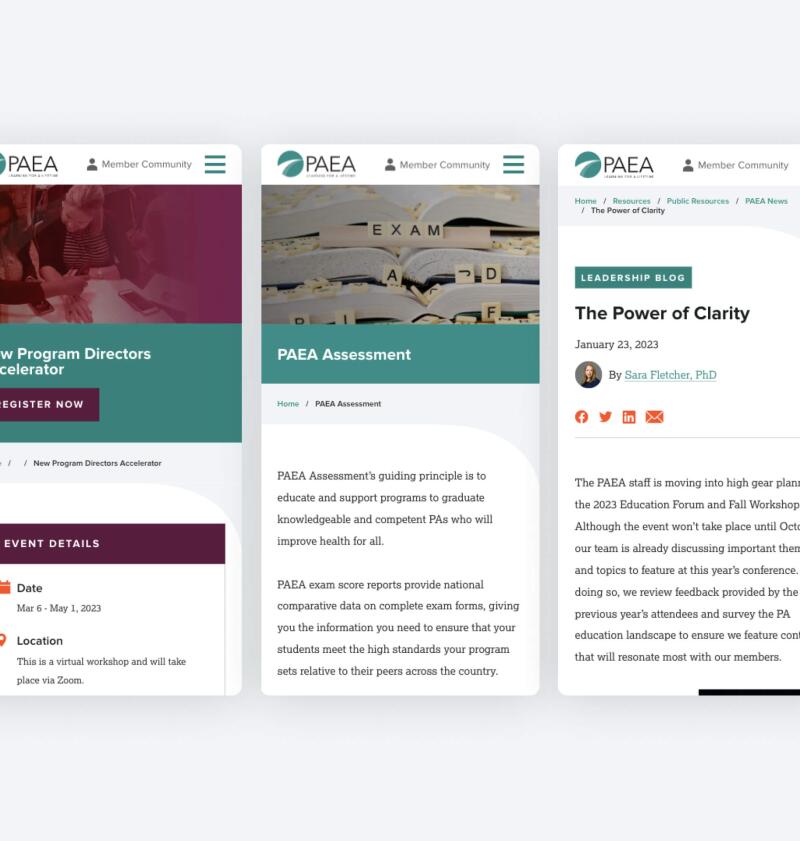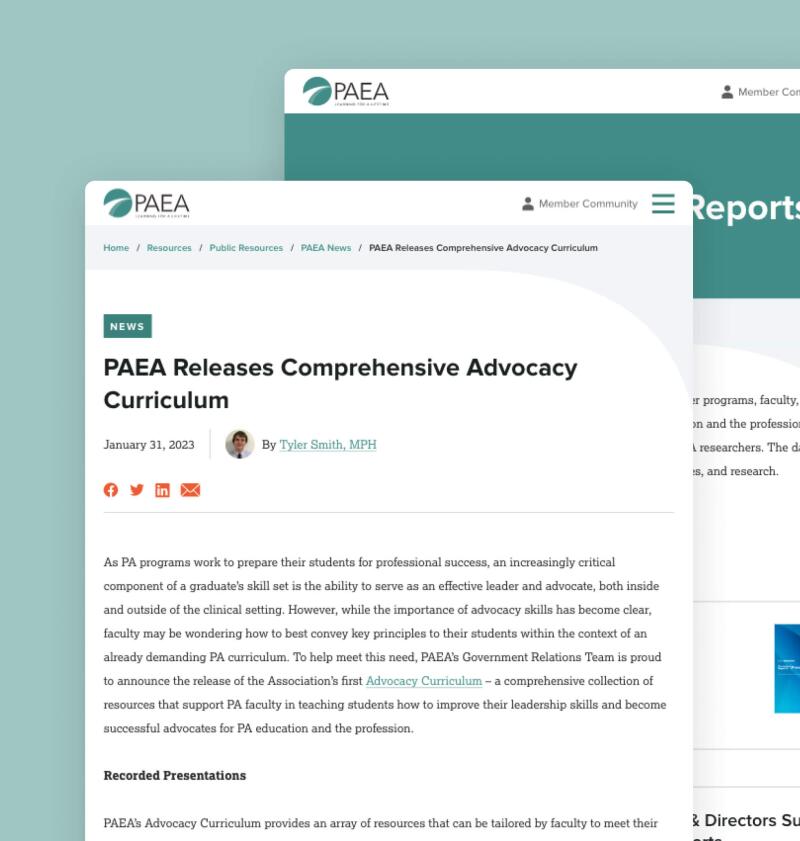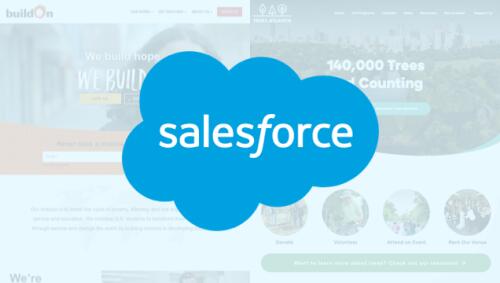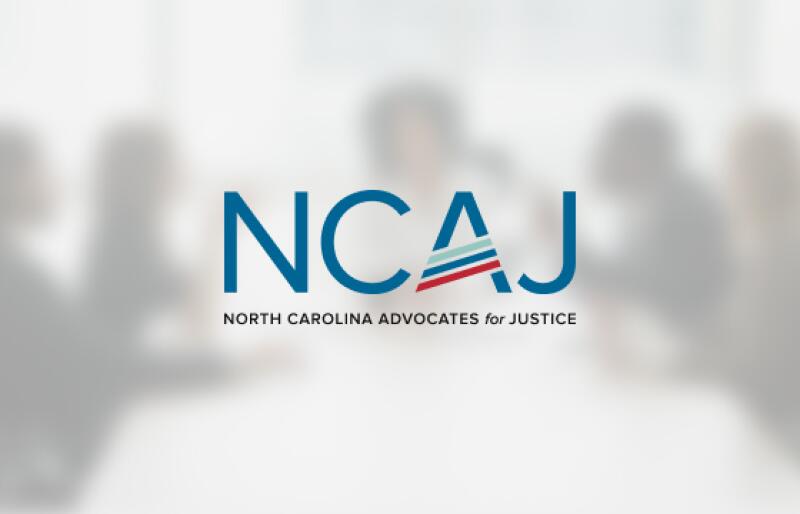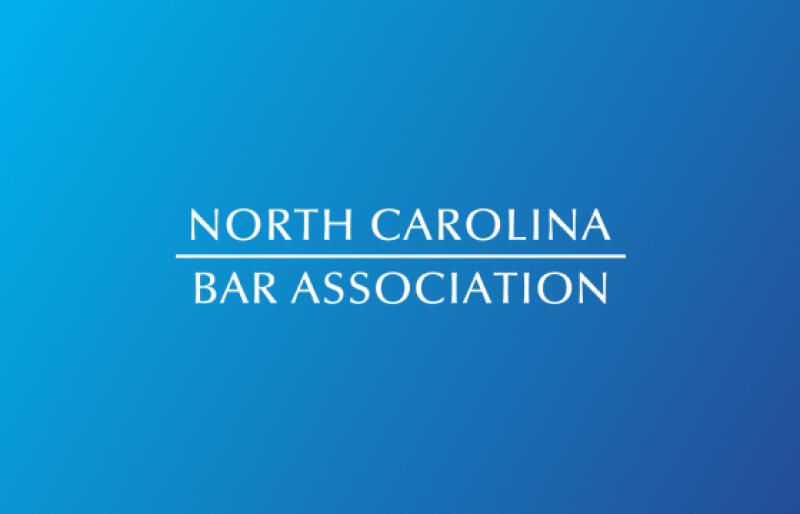PAEA, the Physician Assistant Education Association, is a national membership association for physician assistant education programs throughout the United States.
If you’ve ever visited a doctor or specialist, it’s likely that you’ve had the opportunity to see a PA. A physician assistant – often incorrectly referred to as a physician’s assistant – is a highly trained medical professional who can examine and diagnose patients, prescribe medications, and develop treatment plans for a wide variety of conditions. PAs typically work alongside physicians in settings that range from hospitals to nursing homes to traditional medical offices.
As is the case in most professions, PAs are brought together for networking, continuing education, and events by large membership organizations that seek to build community and expand access to resources. PAEA, the Physician Assistant Education Association, does the same thing for PA education programs throughout the United States.
PAEA is the only national association for PA education programs, and all accredited programs in the U.S. are currently members. The association regularly supports the group with grants, workshops, fellowship opportunities and other resources.
As PAEA evolved and expanded their reach, they realized that a sophisticated nonprofit website design would be an essential part of organizing information and connecting with stakeholders. Thus, they approached NMC to design a new brand and association website with the goals of refreshing the PAEA identity and creating a consistent experience online.



